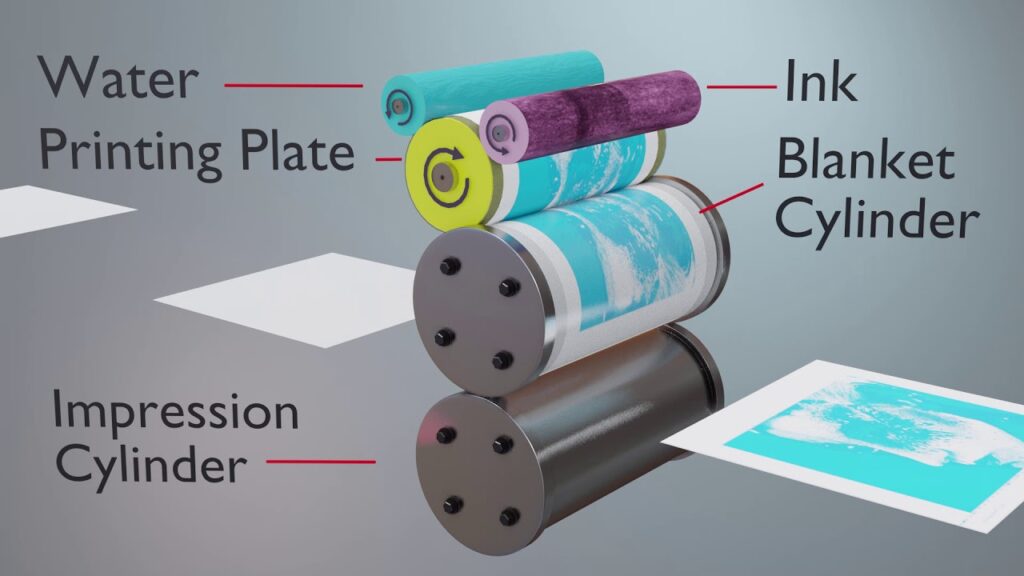
In the offset printing process, offset printing blankets play a crucial role in determining the quality of the printed image.
Acting as an intermediary between the printing plate and the substrate, the blanket is responsible for transferring the image from the plate to the paper with precision.
Therefore, the construction of the blanket is vital, as it must meet high demands for quality and performance under various operating conditions.
The effectiveness of the blanket in offset printing not only affects image transfer but also the machine’s speed, paper handling, and overall print quality.
Key Specifications and Properties of Printing Blankets
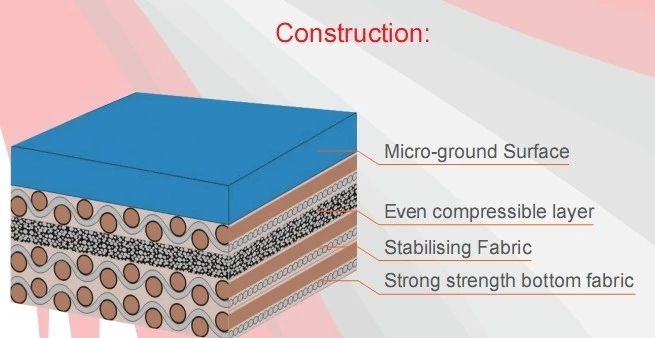
1. Tensile Strength
The tensile strength of a printing blanket refers to its ability to withstand the forces exerted during the printing process, particularly the tension around the cylinder.
Blankets should be tightened just enough to prevent movement during the run, avoiding excessive tension that could lead to:
- Tears and rips: Overstretching the blanket may cause it to rip, leading to costly downtime and potential damage to the printing press.
- Height loss: Increased torque on a tightly mounted blanket can reduce its thickness, affecting print quality.
2. Solvent Resistance
Offset printing involves the use of various chemicals, such as inks and dampening solutions.
A high-quality blanket must resist swelling, cracking, or distortion when exposed to these substances.
If the blanket fails in this area, the result will be a distorted image, leading to poor print quality.
3. Caliper Consistency
The caliper, or thickness, of the blanket must be consistent across its surface.
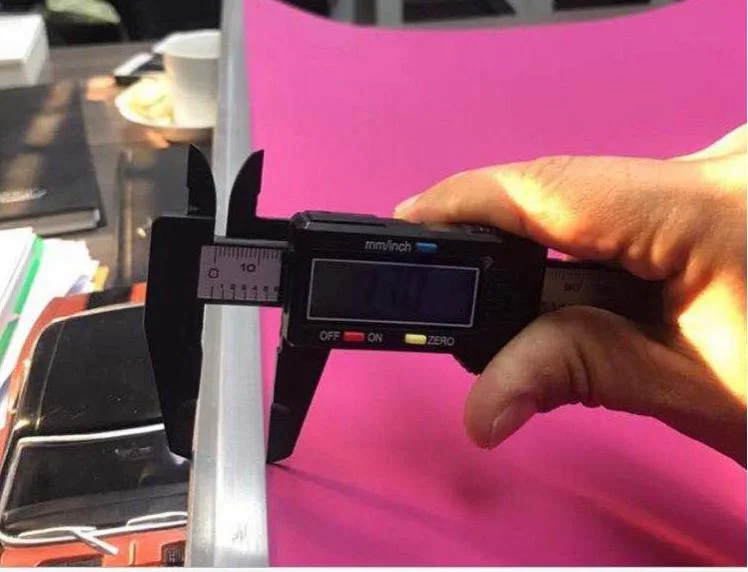
It is essential to check the blanket’s caliper at all four corners before installation.
Acceptable tolerance is typically within ±0.001 inches. Inconsistent caliper can lead to issues such as:
- Dot gain: Excessive thickness can cause ink spread, leading to blurry images.
- Tension problems: Irregular caliper may create uneven tension, resulting in mechanical issues during printing.
4. Compressibility
Compressibility is arguably the most critical factor affecting a blanket’s performance.
It refers to the blanket’s ability to reduce in volume under pressure and then recover its original shape.
The right level of compressibility ensures:
- Optimal print pressure: Prevents excessive pressure that could wear out the press, blankets, and plates prematurely.
- Durability: Helps the blanket withstand smashes without affecting print quality.
- Efficiency: Reduces make-ready times, allowing for quicker setups and less waste.
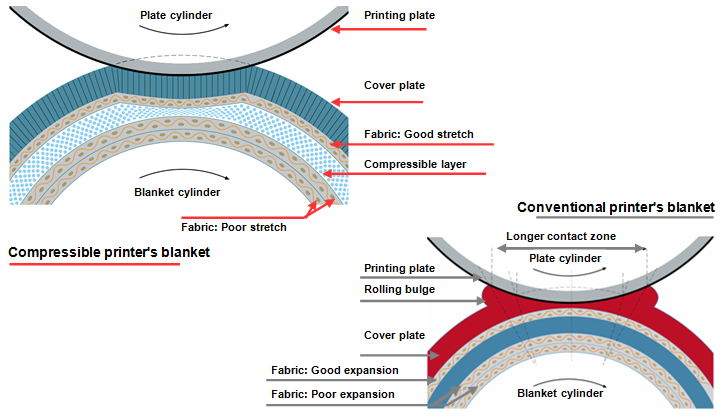
Source: Series of articles on factors influencing quality in offset printing (Part 2)
5. Surface Release
The surface texture of the blanket directly impacts ink release.
Generally, smoother blankets produce better image reproduction, but they may struggle to release ink effectively.
A balance between smoothness and texture is necessary to ensure both high image quality and efficient ink transfer.
6. Stretch
Blankets usually contain a fabric layer designed to provide strength, particularly in the circumferential direction.
During installation, some stretching is expected as the threads adjust.
However, over-tightening can:
- Reduce blanket height: Leading to potential image distortion.
- Cause tears: Excessive stretching may rip the blanket, necessitating costly replacements.
7. Squareness
It is critical that the blanket is cut squarely to fit the press correctly.
If the blanket is not square, it can lead to tension imbalances and slurring of the image.
Always perform a quality check before mounting the blanket on the press to avoid such issues.
Components of an Offset Printing Blanket
1. Blanket Surface
The surface of the offset blanket is vital for printing performance.
It needs to be meticulously designed to ensure a smooth and consistent transfer of ink.
The challenge lies in developing a rubber compound that balances the mechanical and chemical demands of the printing process.
The surface must:
- Absorb ink efficiently: Capture as much ink as possible from the plate without distorting the image.
- Transfer ink precisely: Deliver the ink to the substrate accurately, even at high speeds.
- Minimize contamination: Maintain low tack to reduce the buildup of paper dust, dirt, and excess ink.
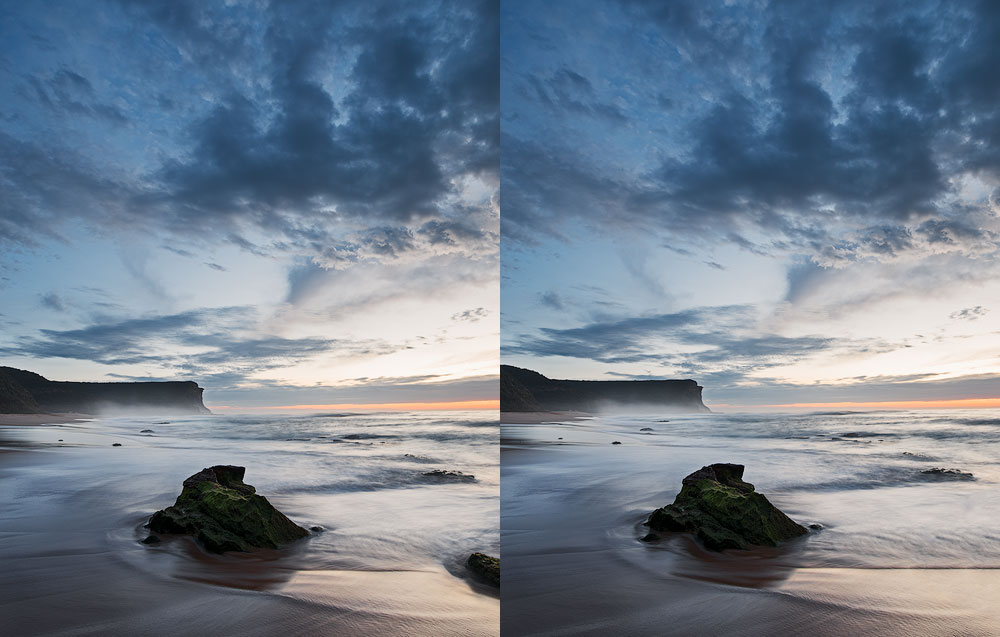
2. The Carcass
The carcass of the blanket comprises everything beneath the surface layer, typically including fabric and compressible layers.
The fabric layer is woven with strong threads, providing structural integrity, while the compressible layer absorbs pressure and helps maintain image quality.
- Fabric Layer: Woven threads at right angles, with the warp (strongest direction) oriented circumferentially to handle the most stress during operation.
- Compressible Layer: Typically designed with a closed-cell structure for long-lasting compressibility, which resists smashing and maintains print quality over time.
Conclusion
In offset printing, the choice of blanket significantly influences the overall cost-effectiveness of the process.
By focusing on the blanket’s key specifications—tensile strength, solvent resistance, caliper consistency, compressibility, surface release, stretch, and squareness—printers can achieve optimal performance and high-quality prints.
Additionally, understanding the construction of the blanket, particularly the surface and carcass, ensures a more informed selection process that balances cost and quality.
Ultimately, it’s not just the cost per blanket that matters but the cost per copy.
A high-quality blanket can lead to more consistent results, fewer press adjustments, and longer-lasting equipment, making it a worthwhile investment for any offset printing operation.